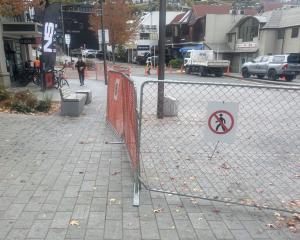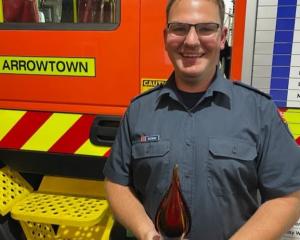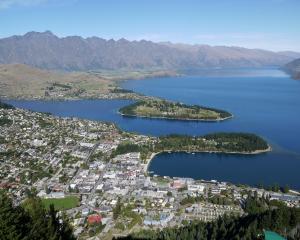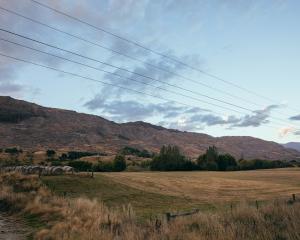

The trees are near to where a rotting Lombardy poplar fell in January 2014, falling across Lake Esplanade, damaging a motel and vehicles.
Last August the Court of Appeal found the council breached its duty of care in respect of a row of the Lombardy poplars in the park. Justice Helen Cull found the council knew the trees were a risk and posed a hazard.
Before 2014, three of the same species had fallen - one at St Omer Park in late 2004 and two in Lower Shotover Rd in 2009, one of which killed 57-year-old farmer Russell Liggett that September.
Council arborist Tim Errington said the risk strategy being developed included specific guidance around managing Lombardy poplars, identified as being at increased risk because of their tendency to "readily decay once infected with wood-destroying fungus''.
"The usual pattern is for the basal main stem, or buttress of the tree, to become damaged which then allows the ingress of fungal spores.
"These eventually colonise the affected area of the tree until the tree is structurally compromised and fails.''
Mr Errington said all of the Lombardy poplars on council reserves and parks would be annually visually assessed and tested using a sounding hammer to detect decay or cavities.
If those results were not clear, and the tree was of "high amenity value'', more internal testing would be done using a sonic tomograph machine to give a visual indication of internal decay.
Contractors could then reduce the crown size, and subsequently the "sail area'' of the tree and stresses on the decayed area of stem, or remove the tree and replant.
"The St Omer poplars have been subject to this process, hence the recent removal of three poplar trees and the pruning of the others,'' he said.












